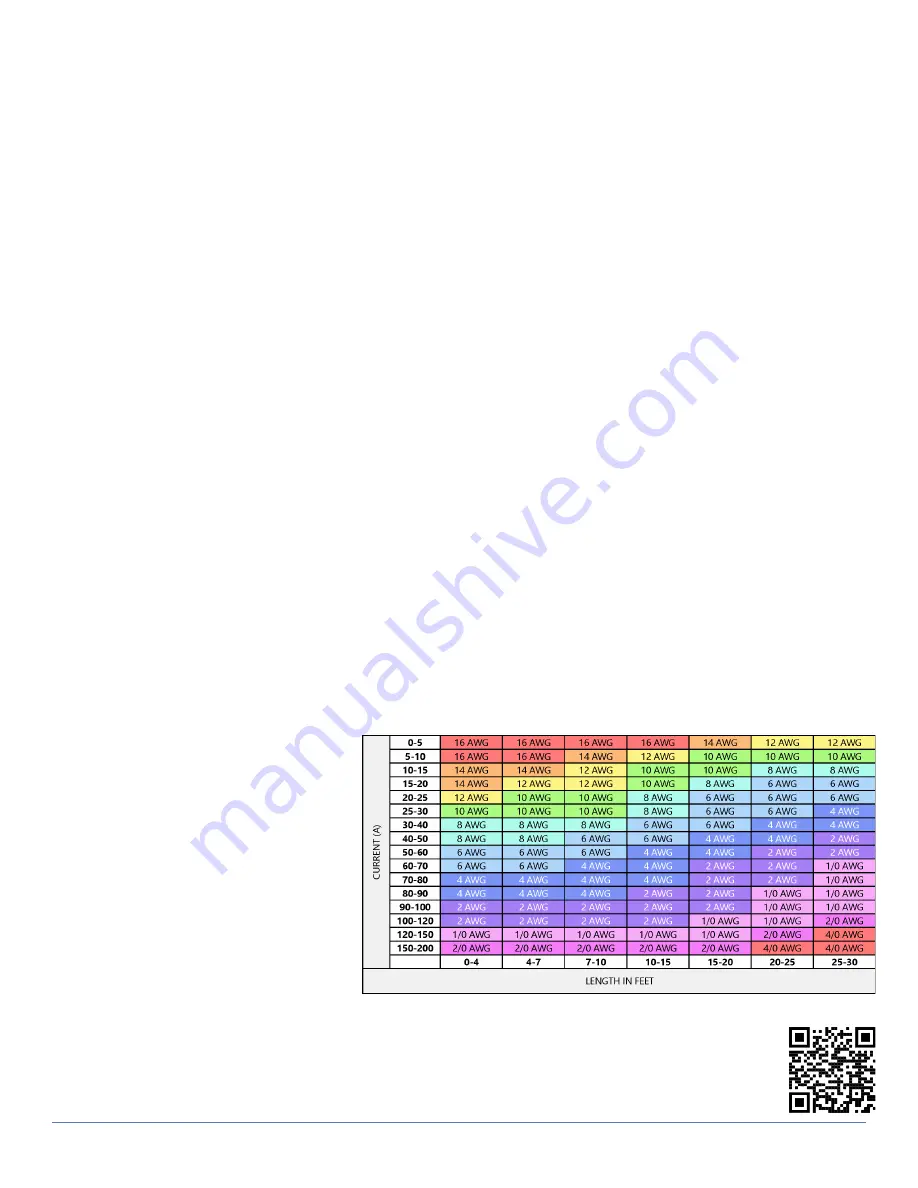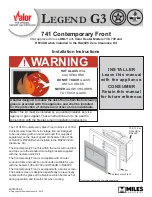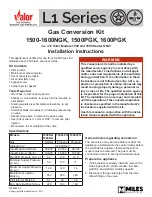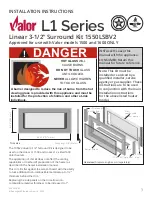
6
How Does the BMS Protect the Batteries?
All Battle Born Batteries come with a built-in battery management system (BMS) that protects the cells from many
strenuous circumstances to protect the life cycles of the cells and your electrical system from potential damage.
The BMS
in the BBGC
3
allows for
3
00 Amps continuous,
5
00 Amp surge for 30 seconds, and 1/2 second surge for loads over
5
00
Amps. All of our
BMS
'
protect against the following conditions:
High Voltage Disconnect (> 14.7V)
If an individual cell voltage exceeds a prescribed threshold during charging, the BMS will prevent a charge current from
continuing. Discharge is always allowed under this condition. If the batteries have not been balanced for a long time,
high voltage disconnect could occur at a lower voltage. The batteries will rebalance after several full charges.
Low
-
Voltage Disconnect (< 10
.6
V)
If an individual cell falls below a prescribed threshold during discharge, the BMS will prevent further discharge. Although
the battery is in “low-voltage disconnect” mode, it will still allow a charging current.
NOTE: Many chargers must detect a voltage over 10V to send a charge to the battery. Please be aware that some chargers may not sense a battery in low
-
voltage
disconnect and you may need to jump
it
with a 12V source to “wake up” the battery. You should jump your battery within 24hrs of entering low
-
voltage disconnect
otherwise you risk damaging your battery and voiding the warranty.
High Temperature Charging and Discharging (> 135°F/57.2°C)
The BMS will not allow a charging or discharging current if the internal temperature of the battery has reached 135°F
(57.2°C).
Low Temperature Charging (< 25°F/-3.9°C)
The BMS will not allow a charging current under 25°F (-3.9°C) but will continue to discharge down to -4°F (-20°C).
NOTE: The
BBGC
3
has an operating temperature range of
-
4°F (-20°C) to 135°F (57.2°C).
High Current Discharge Surges
The BMS will not allow a current that exceeds
5
00 (+/- 5%) Amps for more than 30s, or anything larger for 0.5s. After a
high current disconnection, the battery will automatically reconnect after 5 seconds.
Short Current Discharge Surges
Our BMS has built-in short circuit protection. If the short circuit protection is tripped, the BMS will shut the battery down
and will remain disconnected until you remove the battery cables. While the battery cables are disconnected, we suggest
taking the voltage of the battery with a voltmeter. If it reads above 10V, reconnect the battery cables. If you are
unsuccessful at obtaining a voltage reading above 10V, please give our technical support team a call.
Figure 5: As a rule of thumb, you can use these numbers as a guideline.
Cable QR Code
Balancing of Cells
A passive balancing process is activated by
the BMS at the top of each charge cycle
when the battery voltage exceeds around
14.2V. This ensures that all the cells remain
at the same state of charge, which helps
pack longevity and performance.
How to Properly Size Cables
for a System Install
When considering cable sizing there are a
few factors to consider. First, what is the
size of the load you are powering with the
battery bank? Second, how far away from the battery is the load?
You can do voltage drop calculations to see if you need to step up your cable size. Fig. 5 is a chart to use for
reference. Do keep in mind that cables are only capable of carrying a certain amperage and you should
verify the specifications of your cable and the power draws before
implementing them into your system to
avoid potential failures and damage.
Battle Born Batteries
BB
GC3
Manual


























